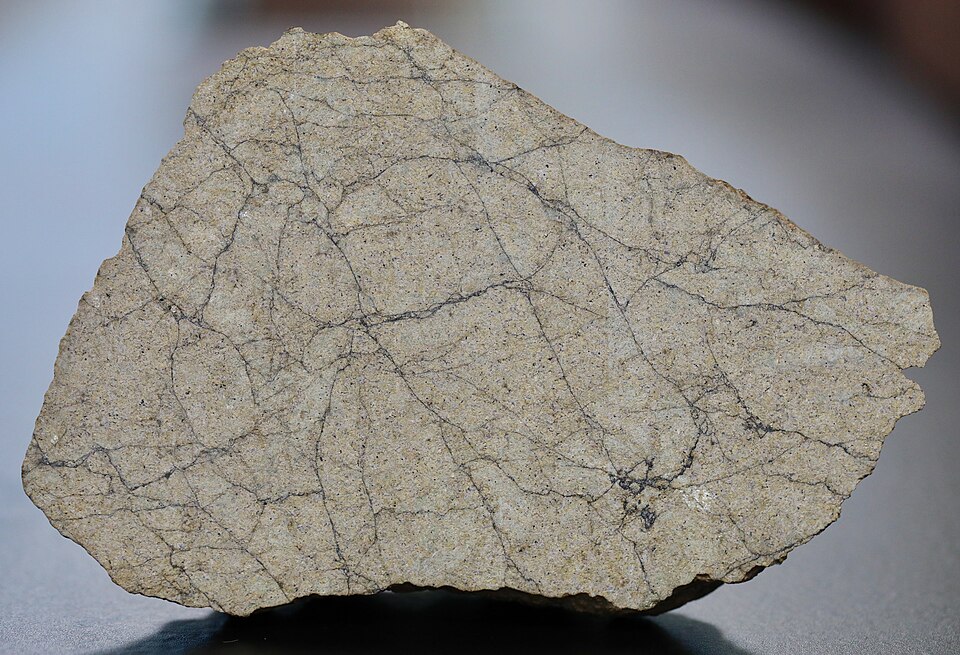Meteor Strike Linked to Grand Canyon Landslide and Ancient Lake Formation

A recent study conducted by researchers from the University of New Mexico has established a connection between a meteor strike at Meteor Crater in Arizona and a significant landslide in the Grand Canyon, potentially leading to the formation of a temporary lake approximately 56,000 years ago. This groundbreaking research sheds light on a geological mystery that intertwines the impacts of celestial events with Earth’s geological history.
The investigation began in the 1960s when geologist Thor Karlstrom and his interdisciplinary team explored Stanton’s Cave in the Grand Canyon. They discovered evidence of extinct species, including the California condor and Harrington’s mountain goat, as well as ancient artifacts. The findings included driftwood buried in sediment, which was initially dated to be older than 35,000 years, but more recent analyses have refined its age to approximately 56,000 years, aligning it closely with the timeline of the meteor impact.
Karl Karlstrom, Thor Karlstrom’s son and a geologist at the University of New Mexico, emphasized the significance of these findings, stating, "It would have required a ten-times bigger flood level than any flood that has happened in the past several thousand years," while questioning whether these deposits were remnants from the river's carving process or indicative of a paleolake caused by a landslide dam or lava dam.
The research team, including co-author Chris Bastien, utilized wood samples from Stanton’s Cave, which were analyzed at the University of Arizona's Tree Ring Lab. David Kring, a leading scientist on the chronology of Meteor Crater, refined the impact's estimated age to between 53,000 and 63,000 years, establishing a remarkable alignment with the driftwood data. Their collaboration was further enhanced by Jonathan Palmer, who noticed the coinciding ages during a research visit.
Using advanced dating techniques from laboratories in Australia and New Zealand, the team achieved nearly identical results, confirming the wood’s age at around 55,600 years. Richard Hereford of the U.S. Geological Survey had previously suggested that a landslide near Nankoweap Canyon might have obstructed the Colorado River, creating a lake that could have transported wood into the cave. This theory has gained renewed support amidst the new findings.
Additional evidence from Grand Canyon caver Jason Ballensky, who observed beaver tracks in remote caves, hints at the existence of a substantial ancient lake. The researchers mapped the potential dimensions of this paleolake, finding sediment deposits at elevations of 940 meters, indicating that the water would have backed up significantly, affecting regions above the current river level.
The study also revisited the landslide site, where geological evidence consistent with landslide debris was discovered beneath river cobbles, suggesting that a dam formed, held back water, and was eventually eroded. Kring's calculations indicate that the meteor impact could have triggered a seismic event sufficient to dislodge rocks and initiate a landslide.
Although the researchers acknowledge the need for further investigation to solidify their hypothesis, they assert that the combination of the meteorite impact, the landslide, and the subsequent lake deposits presents a compelling narrative of Earth's geological history. Karlstrom remarked, "The mean of dates from them converge into a narrow window of time at 55,600 ± 1,300 years ago which gives credence to the hypothesis that they were causally related."
This study, published in the journal *Geology*, underscores the intricate relationships between celestial events and terrestrial geological processes, revealing how ancient occurrences continue to shape our understanding of Earth’s history.
In conclusion, while this research opens new avenues for understanding the geologic past of the Grand Canyon, it also highlights the critical need for ongoing exploration and study of such phenomena, reminding us of the complex interplay between our planet's geological features and the forces beyond our atmosphere.
Advertisement
Tags
Advertisement





